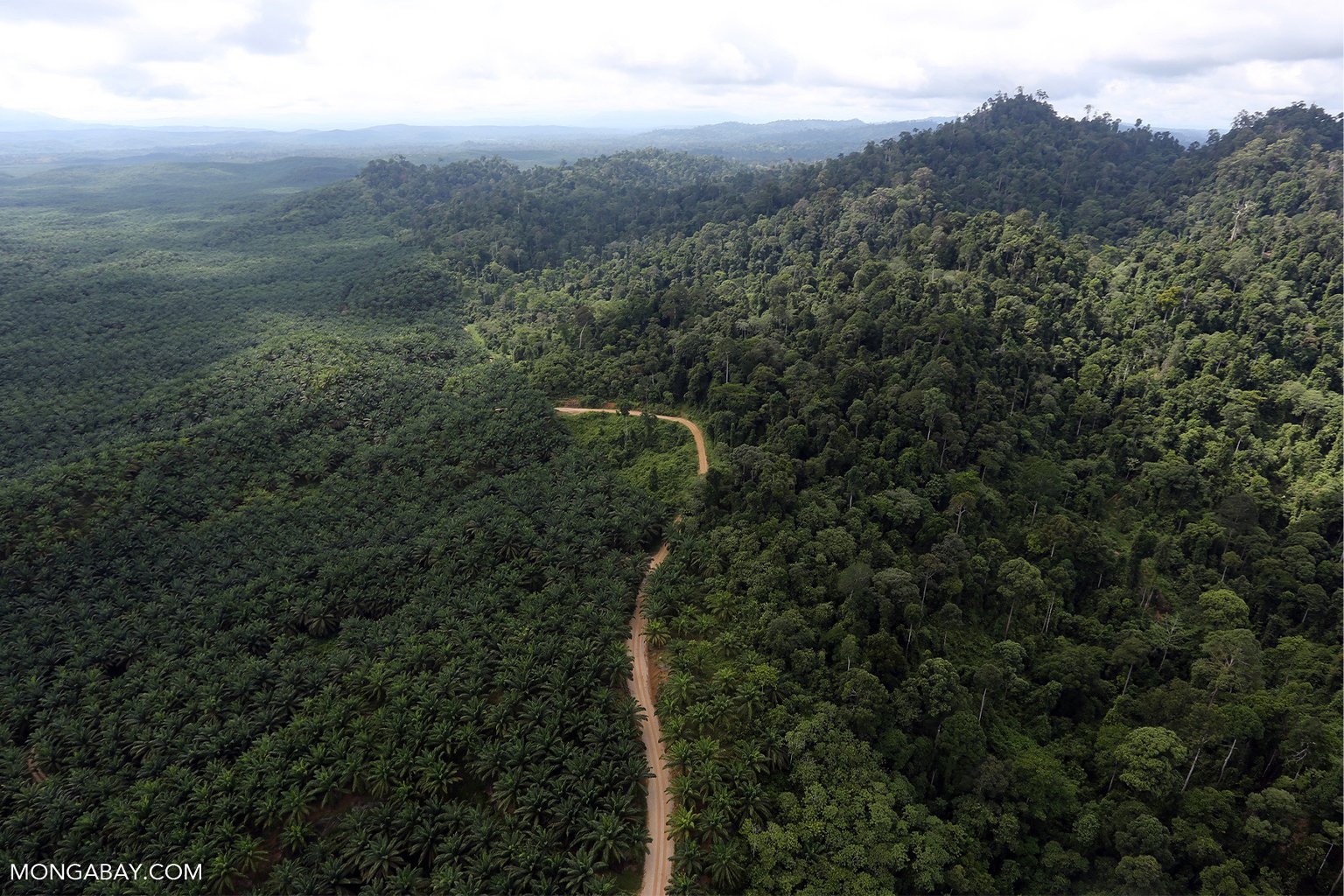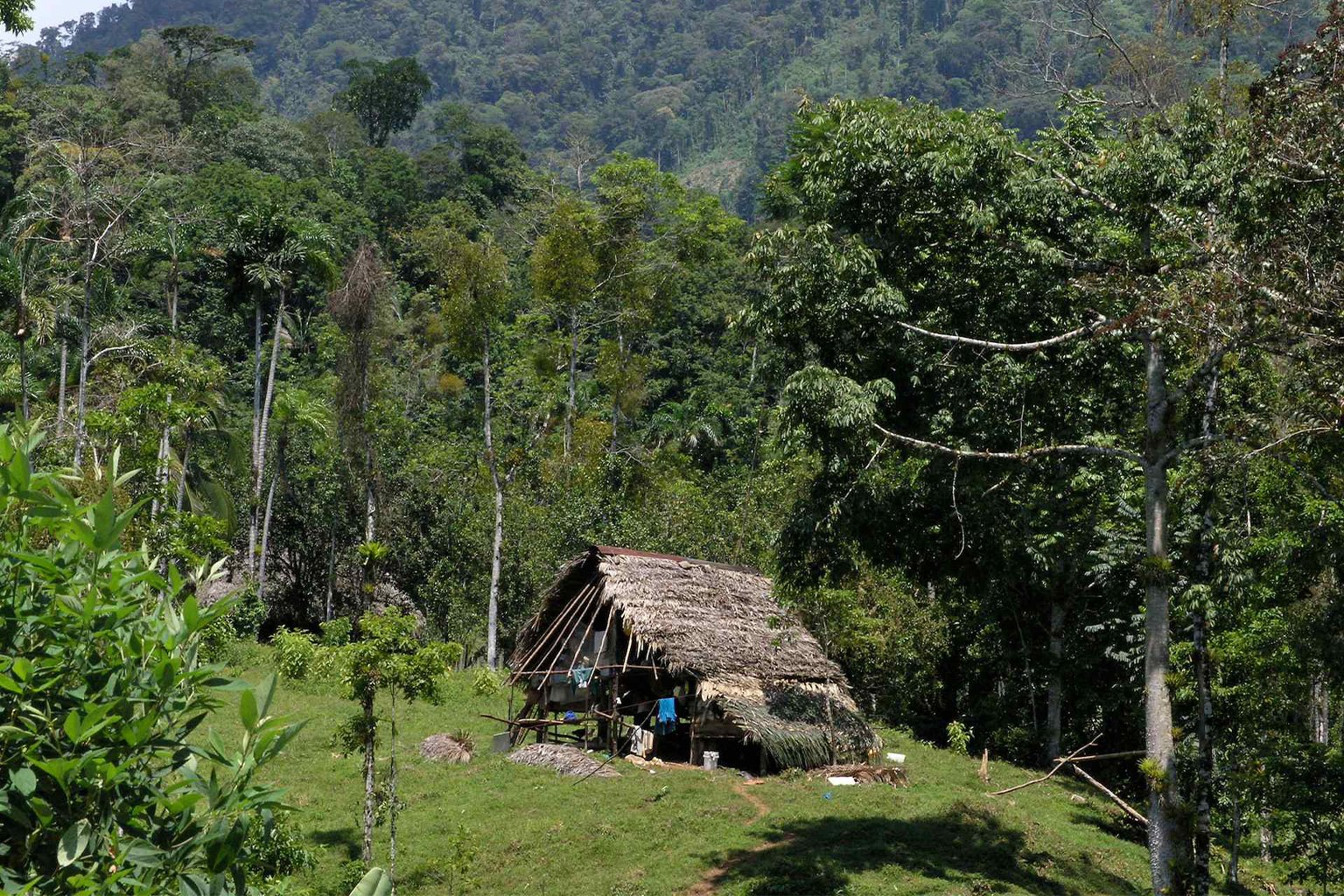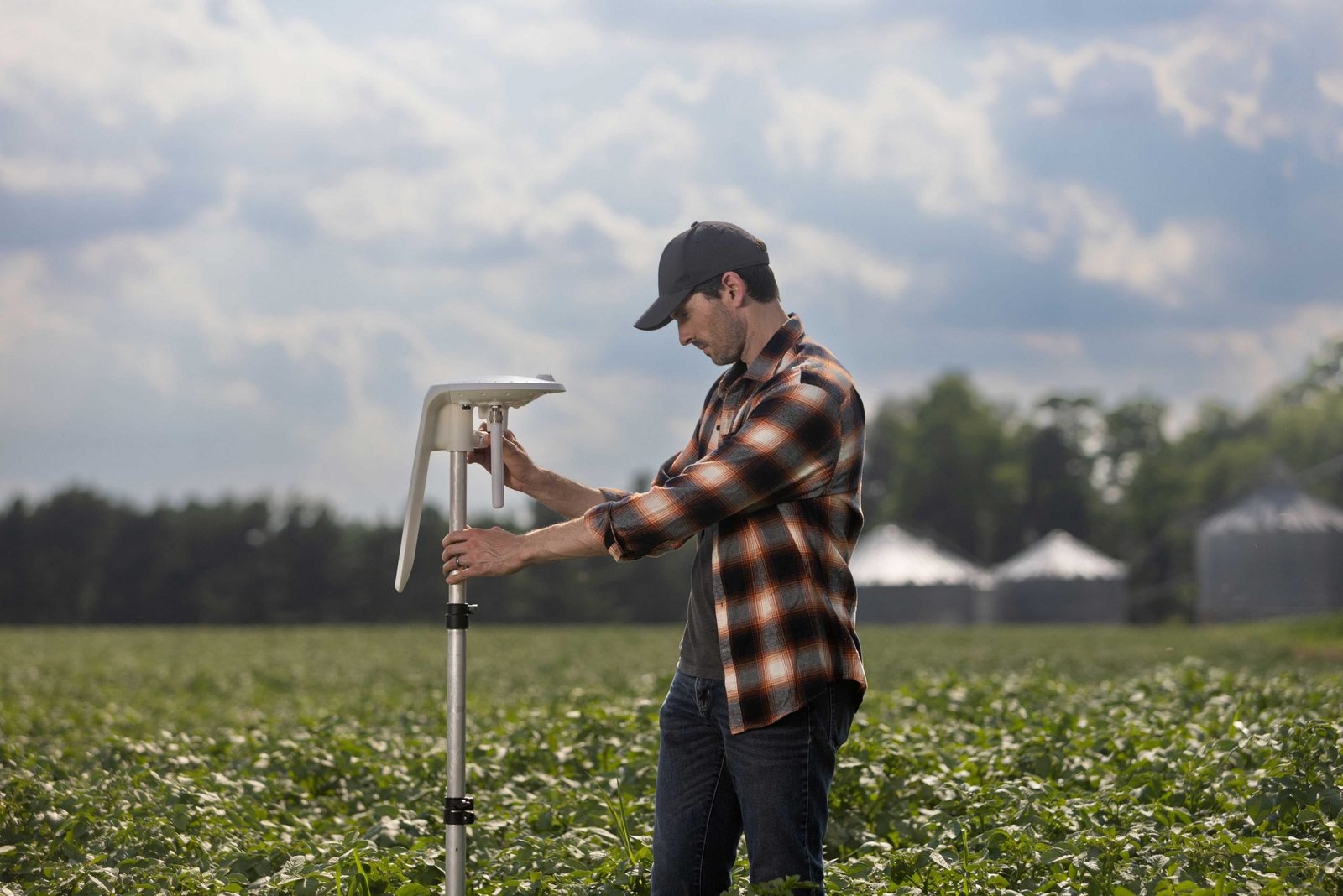- In a new paper, a team of scientists argue that efforts to halt biodiversity loss and aid recovery must strive to put both nature and people on a positive path forward.
- According to the scientists, this can be done by confronting the main drivers of biodiversity loss; addressing inequities between low-income and high-income countries; acknowledging unrealistic goals and timelines for conservation actions; and combining area-based conservation efforts with justice measures.
- The paper’s release precedes the start of the COP15 summit of the U.N. Convention on Biological Diversity (CBD), where government representatives, scientists and activists will discuss the post-2020 global biodiversity framework.
- COP15 is set to begin on Dec. 7 in Montreal, with the aim of getting humans to live in harmony with nature by 2050.
As global biodiversity loss persists, a team of international scientists is calling for a more holistic approach to biodiversity protection: by coupling conservation efforts with human justice measures.
In a new paper published on Dec. 5 in One Earth, scientists say many goals and timelines aimed at halting biodiversity loss and aiding recovery are actually unrealistic, and that such targets may fail if they don’t address the main drivers of biodiversity loss and inequities between “low-income countries targeted for greatest conservation action, and the high-income countries who have over-consumed their fair share of nature’s benefits.” Area-based protection, which has largely predominated conservation efforts, as seen in the highly publicized 30×30 campaign, cannot be treated as a singular goal, the scientists argue, but must be accompanied by other measures that set both nature and people on a positive path forward.
The paper’s release precedes the start of COP15, a meeting of the U.N. Convention on Biological Diversity (CBD), where government representatives, scientists and activists will discuss the post-2020 global biodiversity framework. To achieve the framework’s goal of humans living in harmony with nature by 2050, nations would need to meet a series of targets by 2030, sometimes referred to as a nature-positive path. The COP15 meeting is set to begin on Dec. 7 in Montreal.
In the paper, the authors, many of them members of the Earth Commission, a group of scientists working to define the parameters of a “safe and just” world, reiterate the urgency and importance of meeting the framework’s goals. They also offer a road map toward biodiversity recovery by addressing the drivers of biodiversity loss, raising the minimum standards of well-being for everyone, reducing overconsumption, and respecting the rights and responsibilities of all communities.
The central argument of the paper hinges on the idea of living within the Earth system boundaries, which refers not only to the bounds within which the Earth can properly function, but the bounds that can safely and equitably support life for all people. The concept of Earth system boundaries is similar to the theory of planetary boundaries, which argues that the Earth functions via nine systems and processes, each of which has a limit to which they can withstand environmental stress and strain. However, the Earth system boundaries concept goes beyond the planetary boundaries concept by focusing on the idea that people need just access to resources.
“The fundamental message of this paper is perhaps an obvious one: that we need to tackle the drivers of biodiversity or nature loss,” co-author Tim Lenton, a professor of climate change and Earth system science at the University of Exeter, U.K., tells Mongabay. “We can’t just try and tackle the symptoms.”
Lenton says a key driver of biodiversity loss is overconsumption, particularly by corporations.
“We have a flawed political economic system in many parts of the world that is allowing grotesque overconsumption that’s ultimately harmful to all of us, but particularly harmful to the most vulnerable people,” Lenton says. “The people who are suffering most from nature loss are usually the less well off.”
Lead author David Obura, founding director of marine research organization CORDIO East Africa, says many conservation actions are not meeting their goals of protecting nature, and that conservation messages are not being “very honest about the degree of change that is needed.”

“I’m hoping that we’re getting to an ‘emperor’s new clothes’ moment, where we’re suddenly realizing that the solutions that are being presented are not solutions,” Obura tells Mongabay. “They sound nice and they feel nice to many people and may do some good in some places, but they certainly don’t address the crux of the issues and the core things that we need to change. We need to recognize that ugly truth and deal with it.”
Like Lenton, Obura says a primary issue is overconsumption, mainly by people living in wealthier nations — but pointed out that these same people usually fund conservation efforts.
“A lot of [conservation funding is] from highly wealthy people who have made a lot of money in the past, and it’s great that it’s coming back,” Obura says. However, he says systems should be changed to ensure that some people cannot accrue extreme wealth since it’s a “reflection of what’s not being spent on sustaining the system in the first place.”
Co-author Christopher Gordon, an environmental scientist at the University of Exeter, says an essential step in reversing biodiversity decline is also acknowledging that current timelines for these actions are unrealistic.
“We have to realize that it’s going to take some time to prevent that downward decline, to slow it down and to turn the curve,” Gordon tells Mongabay.
The CBD’s post-2020 global biodiversity framework aims to halt nature loss by 2030 and for the world to live harmoniously with nature by 2050. However, Gordon argues that 2050 would be the earliest time for bending the curve and reversing biodiversity loss, and that it may not be until 2090 when we see recovery.

“You’re talking about long-term things,” Gordon says. “And the assumption is that just like with climate change, that everybody agrees to do the right thing … at the same time … but as you know, it’s very easy to get things done on paper in the treaties and the conventions, but to have real action is a different story.”
Of course, the impacts of climate change threaten to derail biodiversity conservation efforts, especially if the world continues on a high-emissions scenario. Obura says restoring nature to what was known in the past may not be possible, but that we can look for ways to accommodate future changes.
“We’re putting ourselves in a very difficult position, but it’s a mistake to be apocalyptic about it,” Obura says. “Our children and their children will have to deal with the decisions we make today. So let’s try and put in place much more realistic decision-making processes, and that means the science and messaging being much more honestly used and portrayed in order to identify what to do.”
Lenton says he believes it is possible to generate a livable and sustainable future, but we need to “accelerate progress in the right direction.” To do this, he says, conservation efforts should engage with local and Indigenous communities to ensure nature can be protected and can benefit everybody.
“Clearly, with nature loss, we’re still on a downward curve,” Lenton says. “So we’ve got to reverse that trend of loss, but there are viable ways emerging to do that.”
Citation:
Obura, D. O., DeClerck, F., Verburg, P. H., Gupta, J., Abrams, J. F., Bai, X., … Zimm, C. (2022). Achieving a nature- and people-positive future. One Earth. doi:10.1016/j.oneear.2022.11.013
Banner image: A bee on a flower. Image by TheWonderOfLife via Pexels (Public domain).
Elizabeth Claire Alberts is a staff writer for Mongabay. Follow her on Twitter @ECAlberts.
FEEDBACK: Use this form to send a message to the author of this post. If you want to post a public comment, you can do that at the bottom of the page.











